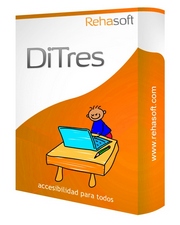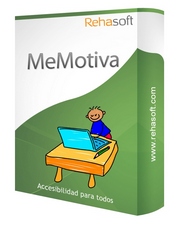What is ADHD?
Attention-deficit/hyperactivity disorder (ADHD) is one of the most common neurobehavioral disorders of childhood. It is sometimes referred to as Attention Deficit Disorder (ADD). It is usually first diagnosed in childhood and often lasts into adulthood. Children with ADHD have trouble paying attention, controlling impulsive behaviors (may act without thinking about what the result will be), and, in some cases, are overly active.
Some of the signs of ADHD
It is normal for children, at one time or another, to have trouble focusing and behaving. However, in children with ADHD, the symptoms continue instead of getting better, and they can make learning very difficult.
A child with ADHD might:
- have a hard time paying attention and daydream a lot
- not seem to listen
- be easily distracted from schoolwork or play
- forget things
- be in constant motion or unable to stay seated
- squirm or fidget
- talk too much
- not be able to play quietly
- act and speak without thinking
- have trouble taking turns
- interrupt others
Deciding if a child has ADHD is a several step process. There is no single test to diagnose ADHD, and many other problems, like anxiety, depression, and certain types of learning disabilities, can have similar symptoms. One step of the process involves having a medical exam, including hearing and vision tests, to rule out other problems with symptoms like ADHD. Another part of the process may include a checklist for rating ADHD symptoms and taking a history of the child from parents, teachers, and sometimes, the child.
ADHD and Dyslexia
ADHD and dyslexia are distinct conditions that frequently overlap, thereby causing some confusion about the nature of these two conditions. ADHD is one of the most common developmental problems, affecting 3–5% of the school population. It is characterized by inattention, distractibility, hyperactivity and impulsivity. It is estimated that 30% of those with dyslexia have coexisting ADHD. Coexisting means the two conditions, ADHD and dyslexia, can occur together, but they do not cause each other. Dyslexia is a language-based learning disability characterized by difficulties with accurate and fluent word recognition, spelling, and reading decoding. People with dyslexia have problems discriminating sounds within a word or phonemes, a key factor in their reading and spelling difficulties.







